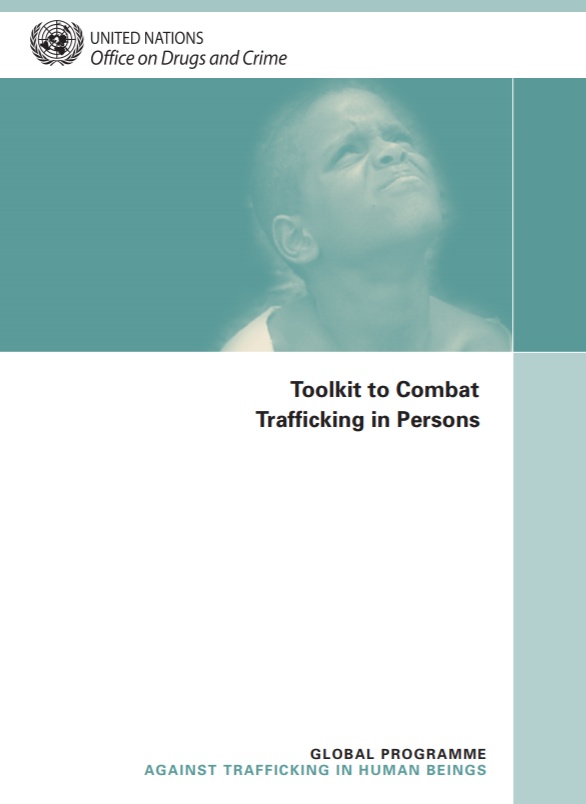On Shaky Ground: Migrant Workers’ Rights in Qatar & UAE Construction
GuidancePrompted by international scrutiny of working conditions on flagship projects in Qatar and the UAE, in 2016, the Business & Human Rights Resource Centre surveyed construction companies on their approach to safeguarding migrant workers’ rights ...Read More

